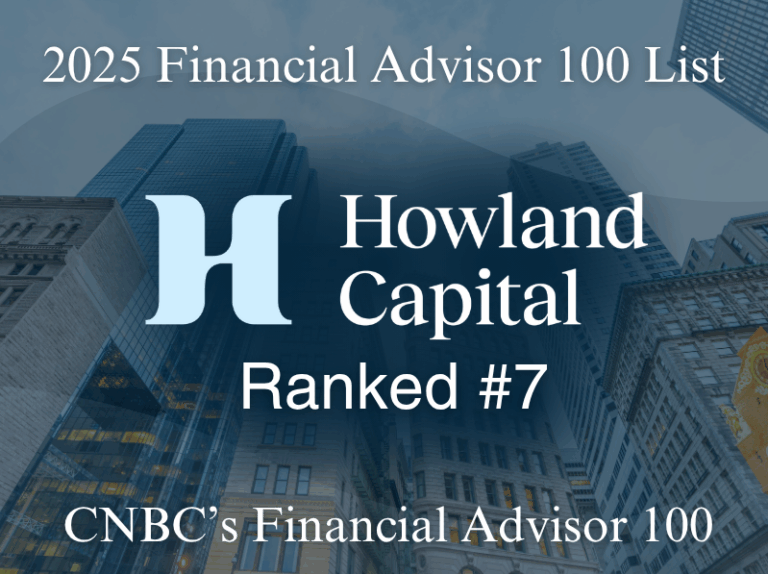Despite numerous challenges in 2023, the U.S. economy defied widespread predictions of recession. Instead, growth moderated to a still-strong 3.2% pace in the fourth quarter while inflation continued to fall towards the Fed’s 2% target. While the economy may struggle to match last year’s impressive performance, 2024 looks set to be another year of positive growth. Consumers have displayed impressive strength, supported by a tight labor market. We expect the combination of moderate job gains and easing inflation will allow the U.S. economy to continue on a soft-landing path. That said, as cyclical tailwinds fade and the U.S. election approaches, there are still risks that could cause us to adjust our outlook as the year progresses.
Looking more closely at inflation, while year-over-year Consumer Price Inflation (CPI) remains well below its June 2022 peak of 9.1%, it has hovered around 3.2% since October. We believe that there are still forces that will keep inflation on its downward path this year. Core goods prices trended lower in 2023 as supply chain distortions related to the pandemic and Russia’s invasion of Ukraine faded. Even with the recent conflict in the Middle East, supply chains are improving and are in a less fragile state than they were a few years ago. Although energy prices have risen in recent months, food prices have eased. Lastly, shelter inflation, which accounts for over a third of the CPI basket, should fall as market rents rise more slowly. Looking at the services component, transportation services have remained elevated. However, as the continued decline in auto prices feed through the data, pressures here should ease substantially. Along with moderating wage growth, services pricing should trend lower through the end of the year. Overall, the downward trend established in 2023 should continue into 2024. While it may take slightly longer than anticipated, we feel reasonably confident that inflation will fall close to the Fed’s 2% target by the end of the year, with energy prices being the wild card.
The labor market has been particularly strong, underpinning our positive outlook for continued growth. The U.S. economy added an impressive 250,000 jobs per month in 2023 and has sustained this pace into early 2024. This growth has occurred even as the unemployment rate has remained at or below 4% since December 2022 – the longest such streak of low unemployment since the late 1960’s. Looking ahead, still elevated labor demand and moderate economic growth point to steady job gains ahead.
With persistent strength in the labor market, we expect consumer and business spending to remain healthy. As a tight labor market and rising real wages offset dwindling excess savings and tighter credit conditions, we expect consumers to spend at a more moderate pace this year. Business spending has endured tighter lending standards better than anticipated, driven especially by spending on developing artificial intelligence (AI) capabilities. Tailwinds from AI spending and waning government stimulus should continue to partially offset the impact of higher interest rates. Even with tighter lending standards and weaker corporate profits constraining growth in capital expenditures, we remain positive on the overall business environment.
Meanwhile, the Federal Reserve held rates steady in its March meeting and reduced their outlook for rate cuts this year, underscoring the very gradual nature of projected policy easing. As investors adjusted to the prospect of fewer rate cuts, long-term interest rates moved higher during the first quarter. Elevated long-term rates could pose a headwind to growth and is one of the risks we are watching closely. However, we remain generally optimistic about the prospect of moderate growth in the year ahead, falling inflation, and a gradual reduction in short-term interest rates.
